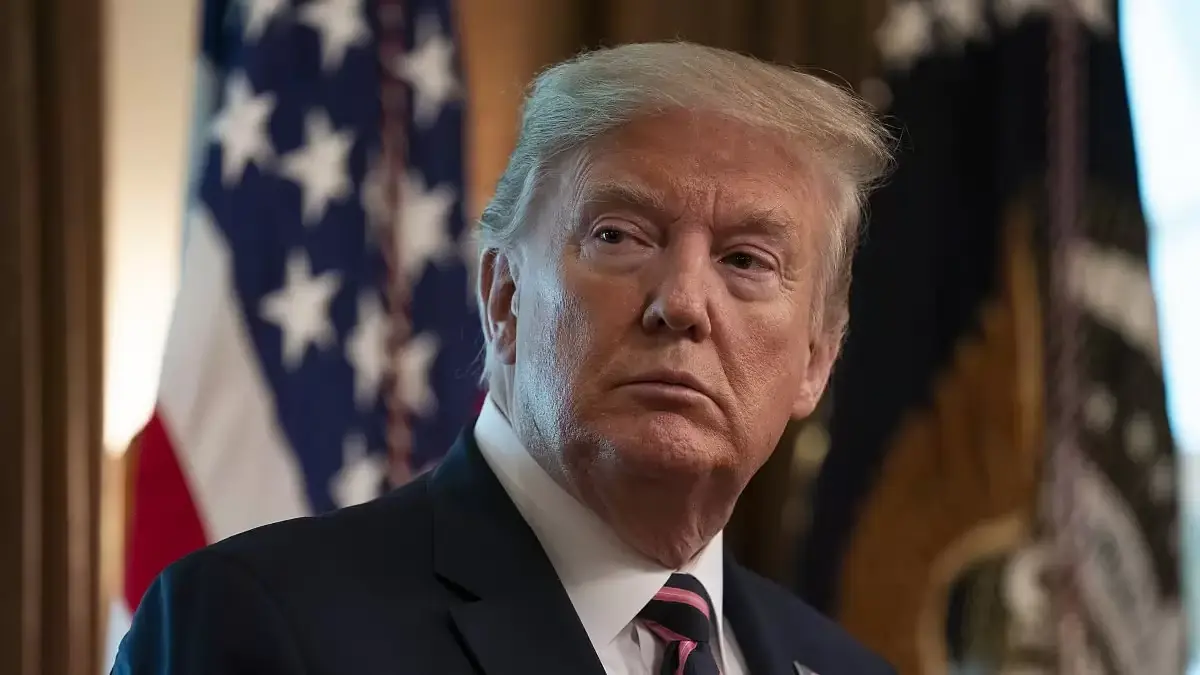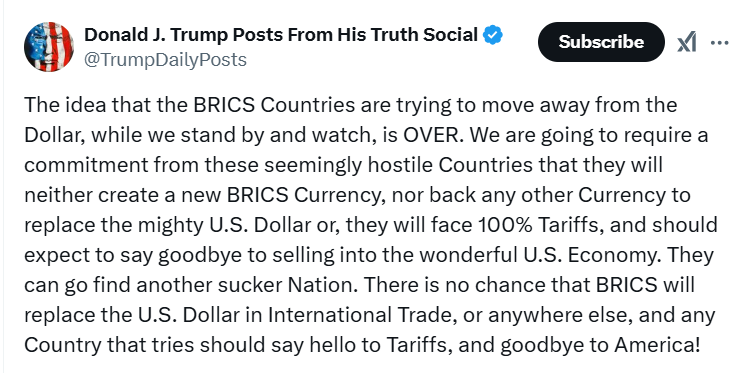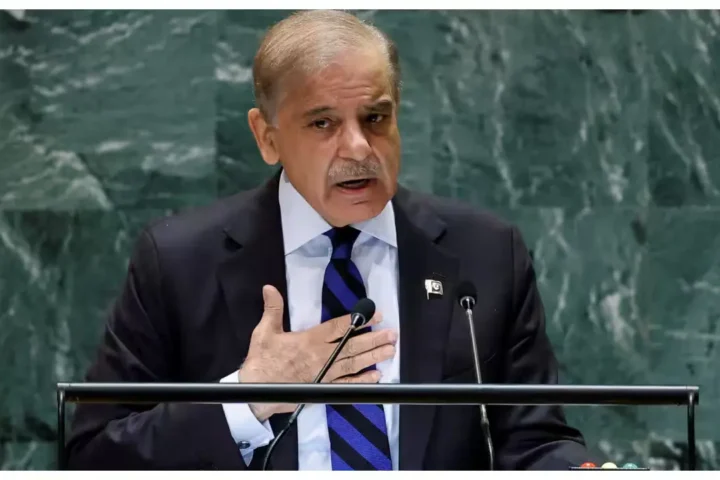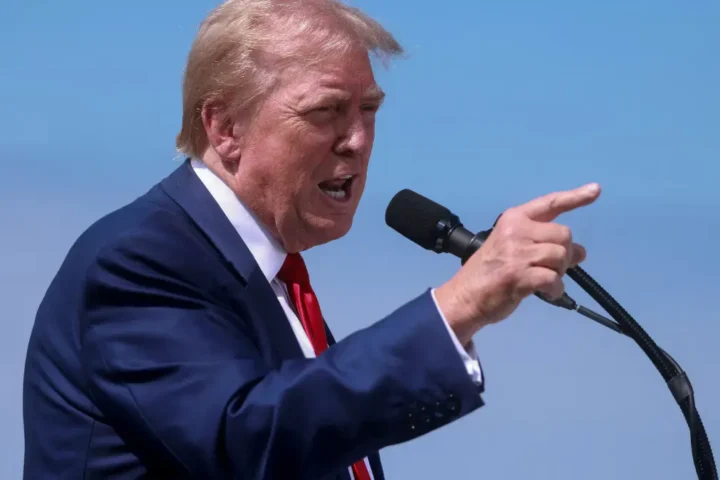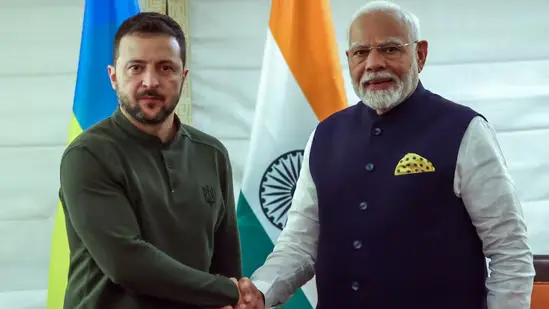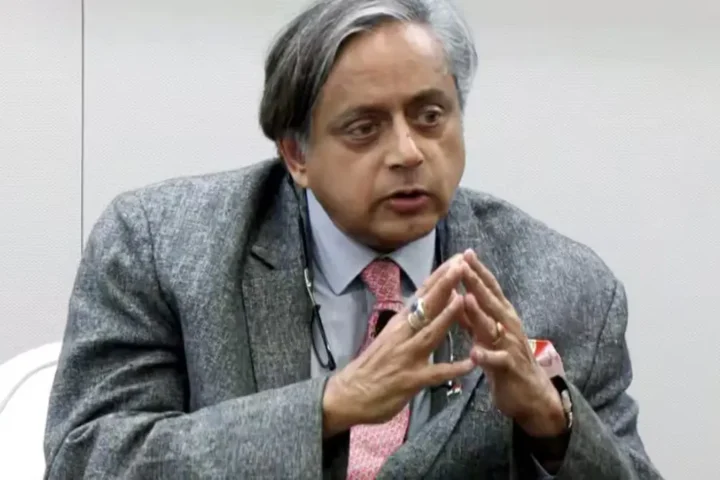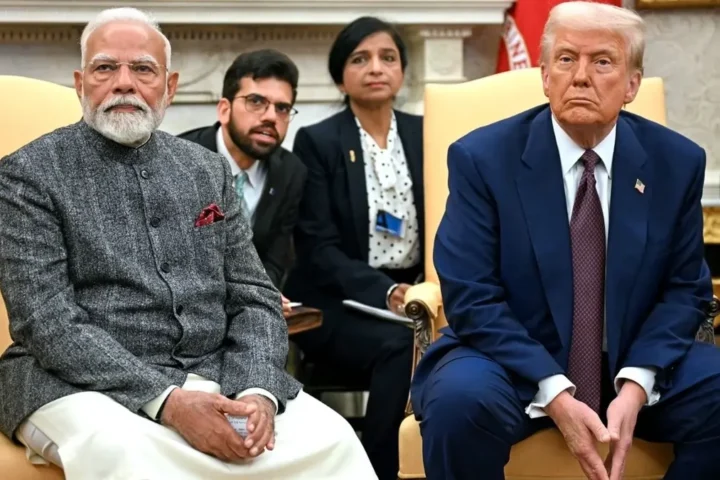Donald Trump, former U.S. President, recently warned BRICS nations—Brazil, Russia, India, China, and South Africa—that any attempt to replace the U.S. dollar as the global reserve currency would result in a 100% tariff on imports to the U.S. His statement on January 30, 2025, highlights his opposition to BRICS efforts to reduce reliance on the dollar in international trade.
The Current Tariff Landscape
Under the Trump administration, trade relations with BRICS nations have been marked by tariffs aimed at protecting U.S. industries. The U.S. currently imposes tariffs of 25%-30% on Chinese goods and up to 18% on certain Indian products. However, Trump’s proposed 100% tariff increase would be far more severe if BRICS nations continue to challenge the U.S. dollar.
The U.S. Dollar and BRICS’ De-dollarization Strategy
In recent years, BRICS nations have been exploring alternatives to the U.S. dollar as the dominant currency in global trade. Brazil, Russia, and China have advocated for trade in local currencies, while India and South Africa have expressed interest in creating a new regional currency to facilitate transactions within the bloc. This move is seen as a direct challenge to the U.S. dollar’s longstanding dominance in international finance.
The BRICS countries are working collectively to promote the use of their own currencies to gain greater financial autonomy and shield their economies from U.S. sanctions and dollar volatility.
Potential Impact of Trump’s 100% Tariff Threat on India
Trump’s tariff threat poses severe risks for India, a key BRICS member. A 100% tariff on Indian goods would drastically impact the country’s export-driven economy, particularly in sectors like pharmaceuticals, textiles, machinery, and agriculture. With bilateral trade between India and the U.S. reaching $150 billion in 2024, a 100% tariff could reduce competitiveness, cutting exports and potentially reducing India’s GDP growth by 2-3%, according to the RBI. This could lead to higher inflation and unemployment.
How India Can Mitigate the Impact
India is working to mitigate the impact of the U.S. tariff threat by strengthening trade ties with the EU and Indo-Pacific countries, including through agreements like the CEPA with the UAE. Ongoing negotiations for a free trade agreement with the EU offer alternative markets. Additionally, India is exploring local currency usage in BRICS discussions, potentially reducing reliance on the U.S. dollar by leveraging the Indian Rupee (INR), though this would require substantial diplomatic and economic efforts.
Conclusion: A Pivotal Moment for Global Trade
The ongoing tensions between the U.S. and BRICS nations, particularly the tariff threat from Donald Trump, signal a crucial juncture for global trade. As countries like India push for de-dollarization, the global economic order is shifting. The potential 100% tariffs could disrupt international trade and have far-reaching consequences for economies, especially emerging markets like India.
Interesting Read
As BRICS nations continue to explore alternatives to the U.S. dollar, the coming months will be critical in determining whether this bold threat becomes reality. India, with its large and diverse economy, is at the heart of this challenge and must navigate this turbulent period with a focus on diversifying its market.strengthening trade ties, and fostering long-term economic stability.

